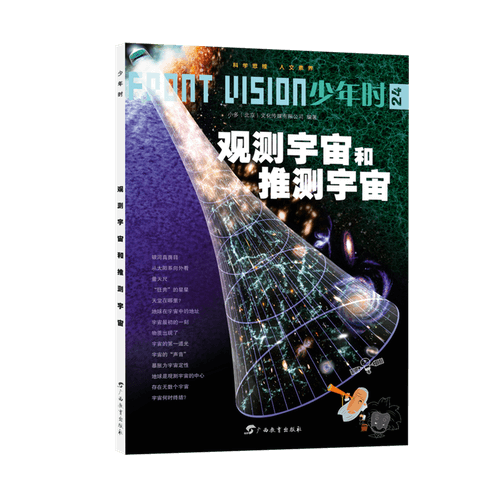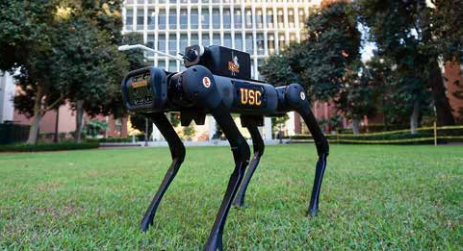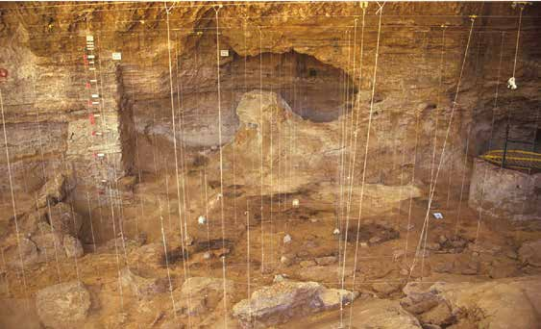2050年,我们将用什么来替代化石能源?
Welcome to the year 2050. In cities around the world, cars whiz past tall buildings and factories, yet the air is clear, clean, and cool. People have stopped burning coal, oil, and gas to run engines or make heat and electricity. These fossil fuels no longer spew pollution and greenhouse gases into the air. As a result, climate change is slowing. Dangerous wildfires, hurricanes, and other natural disasters are becoming less common. Humanity has managed to back the world away from the brink of disaster.
2050年,我们将用什么来替代化石能源? Continue reading »













